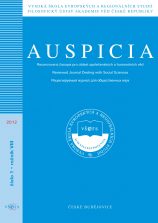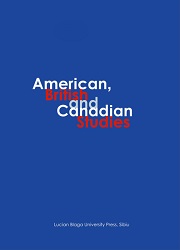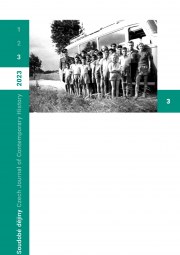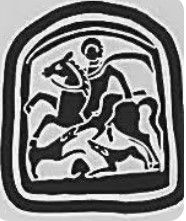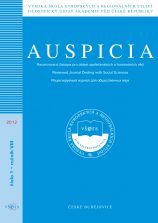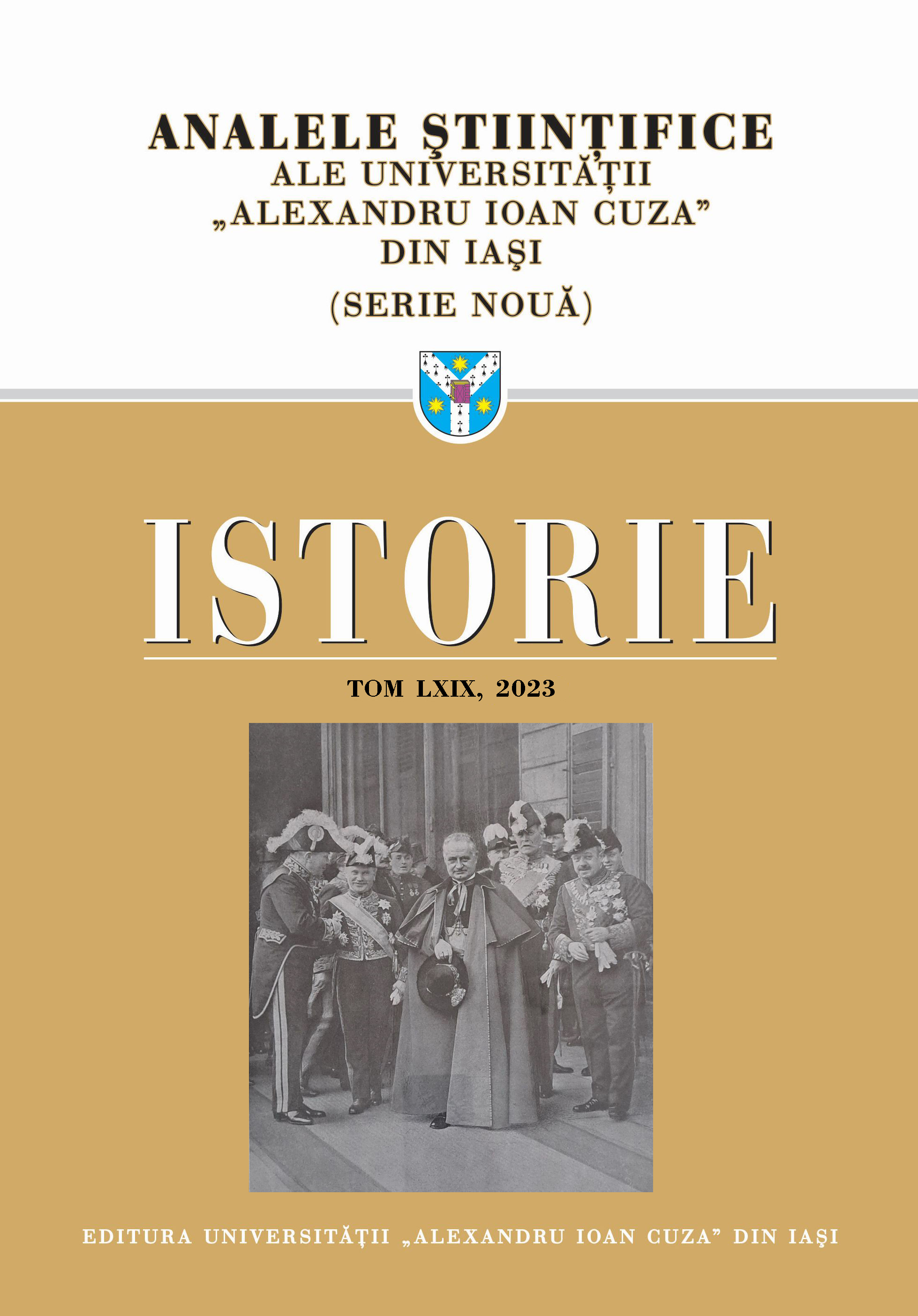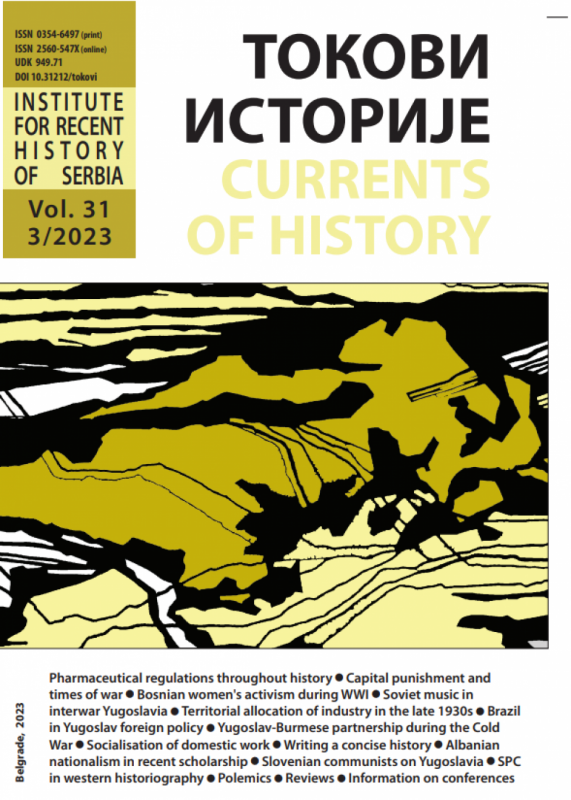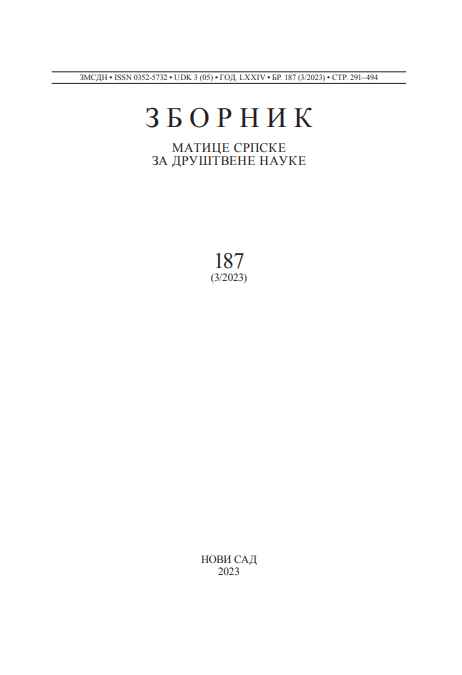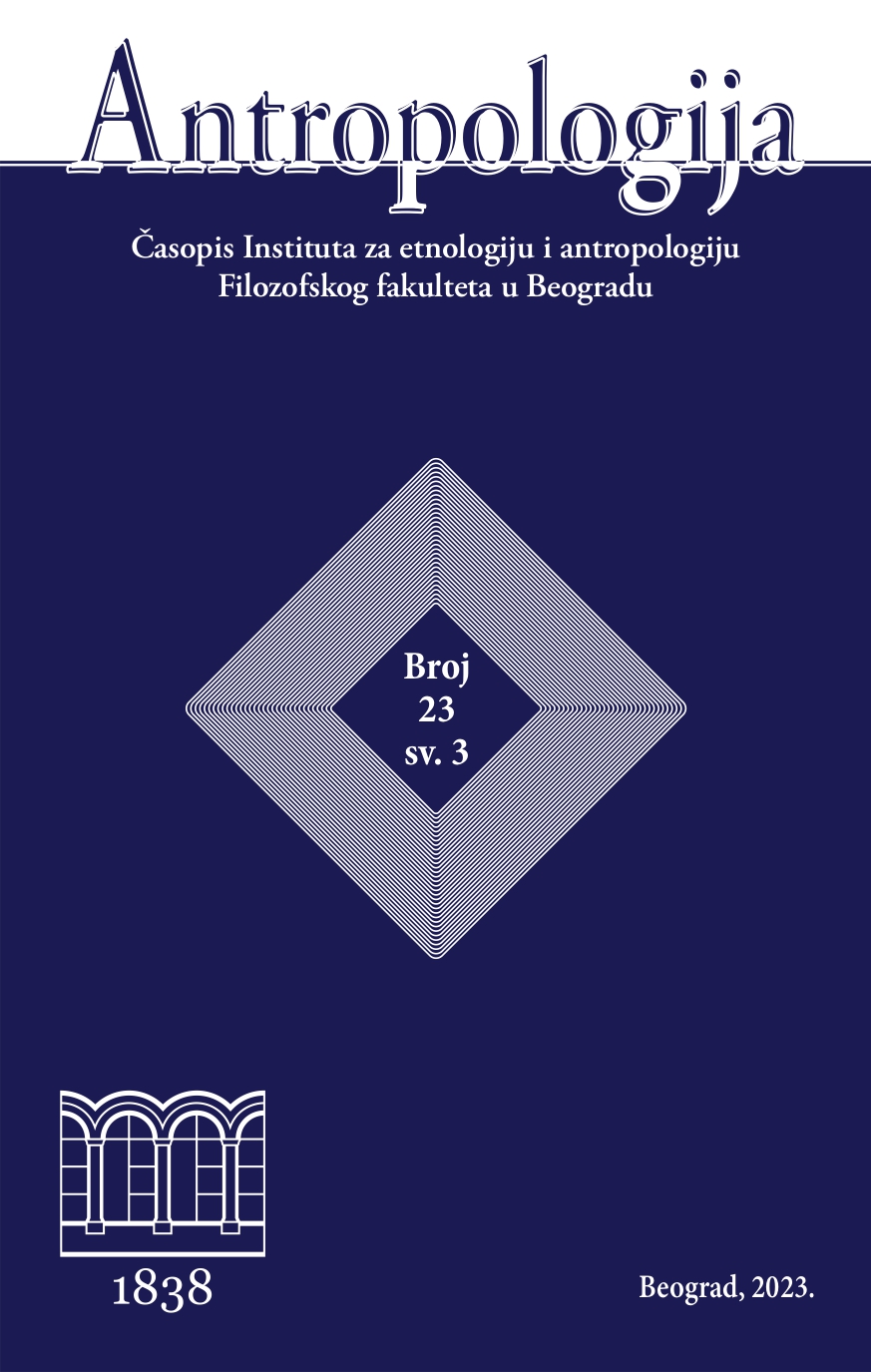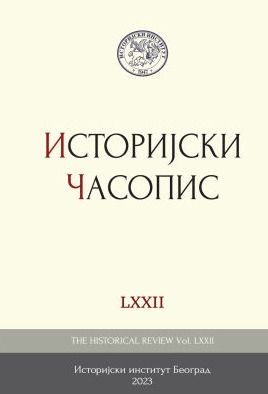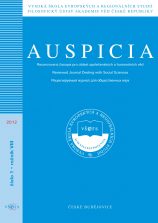
Mýtus úlohy disentu v charakteru veřejné občanské angažovanosti v období československé normalizace
Pro výzkum charakteru socialistické občanské společnosti v Československu před rokem 1989 platilo, že v jeho společensko-vědním diskurzu 90. let převažovala orientace na disent (ne mnohdy jeho adorace) a opoziční struktury. Výzkum občanské společnosti se soustředil na úzký segment, který v případě disidentů představoval velmi nepočetnou část československých občanů, která čítala ve vztahu k celkovému počtu obyvatel státu pouhých několik promile. Problematika československé normalizační občanské společnosti ve své šíři a pluralitě byla upozaděna v tendenci redukovat a paušalizovat vnímání úlohy významných aktérů občanské společnosti před rokem 1989. Takovýto diskurz byl charakteristický binárním, černobílým přístupem k úloze široké veřejnosti, která byla kategorizována jako neaktivní, pasivní, flegmatická, bojácná, zbabělá, pragmatická a mlčící, stojící proti hrdinným nematerialistickým disidentům.
More...
